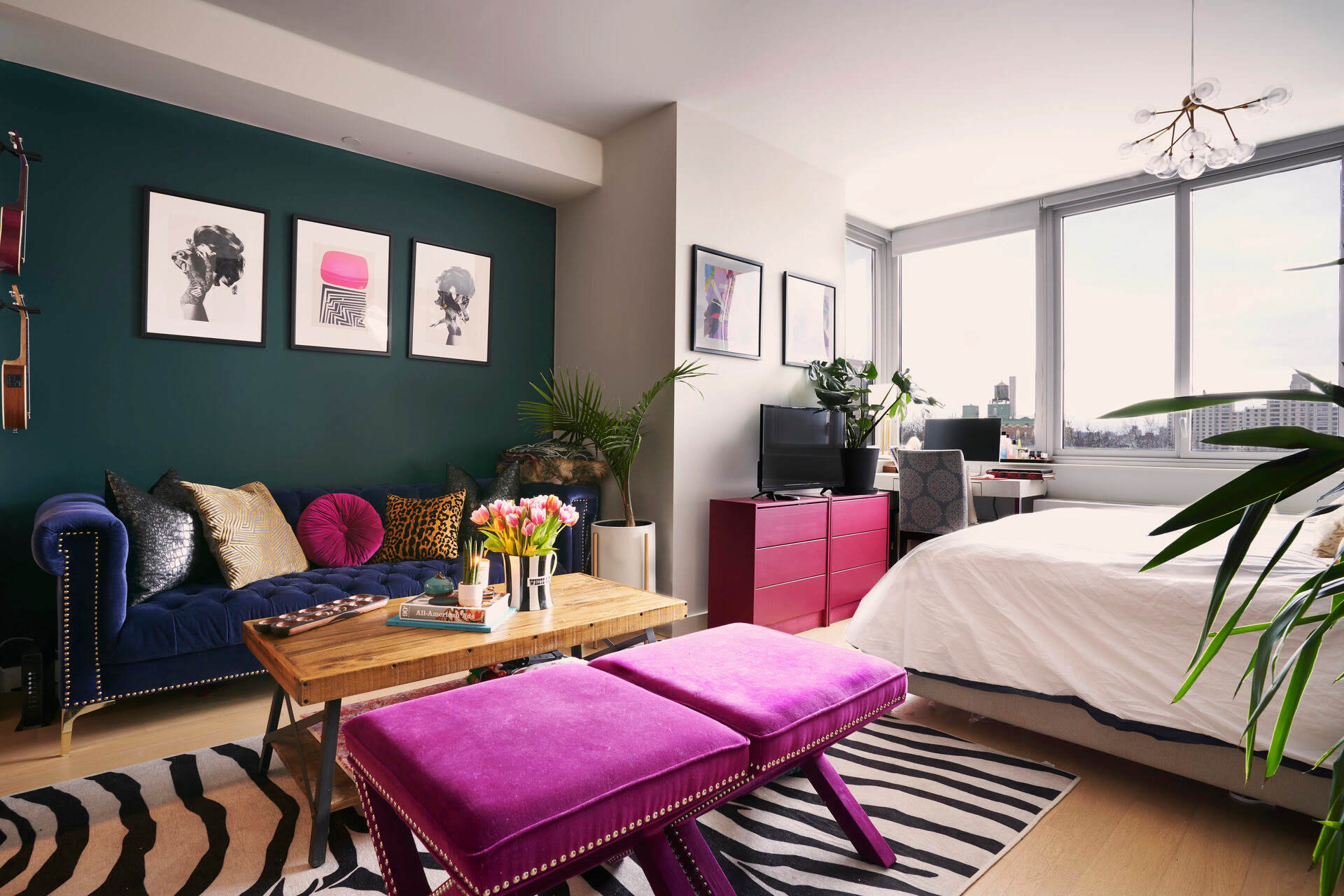

Articles
How To Make Living Room A Bedroom
Modified: January 19, 2024
"Transform your living room into a functional bedroom with our informative articles. Learn the best tips and tricks for maximizing space and creating a cozy sleep sanctuary."
(Many of the links in this article redirect to a specific reviewed product. Your purchase of these products through affiliate links helps to generate commission for Storables.com, at no extra cost. Learn more)
Introduction
Having a versatile and functional living space is essential, especially if you’re living in a small apartment or a studio. One common challenge for many is the need to transform a living room into a bedroom for guests or to maximize the use of limited space. This can be done in a clever and stylish way that ensures comfort and privacy.
In this article, we will explore how to make your living room a bedroom without compromising on functionality or aesthetics. We will discuss various aspects, including assessing the space, choosing the right furniture, maximizing storage solutions, creating privacy, enhancing lighting, incorporating soundproofing techniques, and incorporating design and decor ideas. So, let’s dive in!
Key Takeaways:
- Transforming a living room into a bedroom requires careful assessment of space, strategic furniture selection, and creative storage solutions to maximize functionality and comfort while maintaining privacy and style.
- Incorporating soundproofing techniques, enhancing lighting, and infusing personal design touches are essential for creating a peaceful and visually appealing bedroom within a living room, maximizing comfort and relaxation.
Assessing the Space
Before converting your living room into a bedroom, it’s essential to assess the space you have available. Consider the dimensions of the room, the layout, and any architectural features that may impact the design. This evaluation will help you determine how to best utilize the space and plan the furniture arrangement.
Start by measuring the dimensions of the room, including the length, width, and ceiling height. These measurements will inform your furniture choices and determine how much space you have for different functional areas. It’s also crucial to consider any obstructions such as windows, doors, or columns that could limit the placement of furniture.
Think about the traffic flow within the room. Pay attention to the entrances and exits, as well as any pathways you need to maintain for easy movement. This will guide you in positioning furniture in a way that allows for smooth circulation.
Lastly, take note of any architectural features that may impact the design, such as exposed beams, alcoves, or built-in shelves. These elements can be integrated into the layout to add character and functionality to your transformed living room.
By assessing the space thoroughly, you can make informed decisions about furniture placement and ensure that the converted bedroom blends seamlessly with the rest of the living space.
Choosing the Right Furniture
When transforming your living room into a bedroom, selecting the right furniture is crucial for comfort, functionality, and visual appeal. Here are some essential factors to consider when choosing furniture:
1. Multi-functional pieces: Opt for furniture items that serve multiple purposes. For example, a sofa bed or a daybed can be used as seating during the day and transformed into a comfortable bed at night. This allows you to maximize space and makes the room versatile.
2. Size and scale: Consider the dimensions of the room when choosing furniture. Avoid oversized pieces that will overcrowd the space. Instead, opt for appropriately sized furniture that fits proportionately in the room without blocking pathways or creating a cramped atmosphere.
3. Storage solutions: Look for furniture with built-in storage options to help minimize clutter and maximize organization. For example, an ottoman or a coffee table with drawers can provide a discreet storage space for blankets, pillows, and other essentials.
4. Foldable or collapsible furniture: If you need to optimize space during the day, consider furniture that can be easily folded or collapsed when not in use. This includes foldable tables, chairs, and wall-mounted desks that can be conveniently tucked away when you don’t need them.
5. Aesthetics: While functionality is key, don’t overlook the importance of aesthetics. Choose furniture pieces that complement your existing decor and personal style. Consider the color, texture, and overall design to create a cohesive and visually appealing living room turned bedroom.
Remember to prioritize comfort when selecting furniture for your living room turned bedroom. Invest in a high-quality mattress or a comfortable sofa bed to ensure a good night’s sleep for your guests or yourself.
By carefully choosing the right furniture that combines functionality, storage, and aesthetics, you can create a comfortable and inviting bedroom within your living space.
Maximizing Storage
When transforming your living room into a bedroom, it’s essential to optimize storage solutions to keep the space organized and clutter-free. Here are some effective ways to maximize storage:
1. Utilize vertical space: Make use of wall-mounted shelves, cabinets, or bookcases to take advantage of vertical space. This allows you to store items without taking up valuable floor space. Install floating shelves above the bed or along the walls to display decorative items or store books and personal belongings.
2. Invest in multi-functional furniture: Look for furniture pieces that offer storage options. For example, choose a bed frame with built-in drawers or ottomans that can store extra blankets or pillows. Additionally, consider using a storage bench or a trunk as a coffee table to keep items hidden and easily accessible.
3. Use storage baskets and containers: Incorporate storage baskets and containers to keep smaller items organized. Label them for easy identification and stack them on open shelves or under the bed. This helps maintain a tidy and organized living space while still having essential items within reach.
4. Take advantage of underutilized spaces: Identify underutilized areas in the room where storage can be maximized. Use the space under the bed to store seasonal clothing or extra bedding by utilizing storage boxes or vacuum-sealed bags. Consider adding shelves or hooks on the back of doors to hang towels, jackets, or bags.
5. Rearrange furniture for hidden storage: Explore furniture arrangements that offer hidden storage opportunities. For example, place a sofa against a wall with built-in storage compartments, or choose a TV stand with drawers and shelves to store media equipment and accessories.
6. Declutter regularly: Regularly go through your belongings and declutter to create more storage space. Donate or sell items that are no longer needed or used. This not only frees up space but also ensures that the remaining items are organized and easy to access.
By implementing these storage solutions, you can effectively maximize the available space in your living room turned bedroom. Keeping the room organized and clutter-free creates a more functional and visually appealing living environment.
Creating Privacy
When converting your living room into a bedroom, it’s important to create a sense of privacy for yourself or your guests. Here are some strategies to consider:
1. Room dividers: Utilize room dividers to create a visual separation between the living area and the sleeping area. There are various options available, such as folding screens, curtains, sliding doors, or bookshelves. Choose a divider that suits your style and complements the overall design of the room.
2. Curtains: Install curtains around the sleeping area to provide privacy and create a cozy atmosphere. Choose thick, light-blocking curtains or sheer curtains, depending on your personal preference. Curtains not only offer privacy but also add a touch of elegance to the space.
3. Canopy bed: If you’re looking for a more dramatic and romantic touch, consider a canopy bed. The drapes or curtains surrounding the bed not only create a private sleeping area but also add a luxurious feel to the bedroom. Opt for lightweight fabric to allow for airflow.
4. Room layout: Arrange the furniture in a way that creates a natural division between the living and sleeping area. Position the sofa or seating area away from the bed and use furniture as a physical barrier. This creates a visual boundary and helps establish separate zones in the room.
5. Portable screens: If you need flexibility in creating privacy, consider using portable screens or room dividers that can be easily moved and adjusted. These offer a temporary solution for privacy without the need for permanent installations.
6. Soundproofing: To enhance privacy further, consider soundproofing the room. Use heavy curtains, rugs, or acoustic panels to absorb sound and reduce noise transmission between rooms. This ensures a peaceful and uninterrupted sleep experience.
7. Lighting: Use lighting strategically to create a private and intimate ambiance. Install dimmer switches to control the brightness and create a soothing atmosphere for relaxation. Incorporate bedside lamps or wall sconces to provide individual reading light without disturbing others in the living space.
By implementing these privacy-enhancing strategies, you can create a sense of seclusion and ensure a comfortable and private sleeping area within your living room.
Consider using a daybed or a sofa bed to easily transform your living room into a bedroom. These multi-functional pieces of furniture provide a comfortable place to sit during the day and a cozy bed at night.
Read more: How To Convert Living Room Into Bedroom
Enhancing Lighting
When transforming your living room into a bedroom, proper lighting is crucial for creating a cozy and functional space. Here are some tips to enhance the lighting in your converted bedroom:
1. Natural light: Take advantage of natural light by keeping windows uncovered during the day. Use sheer curtains or blinds that allow light to filter through while maintaining privacy. Natural light not only brightens up the room but also creates a sense of openness and freshness.
2. Ambient lighting: Install overhead lighting fixtures that provide general illumination for the entire room. Utilize ceiling-mounted fixtures or track lighting to evenly distribute light and eliminate any dark corners. Consider using dimmable lights to create a relaxing ambiance during evenings.
3. Task lighting: Incorporate task lighting in key areas for specific activities such as reading or working. Place bedside lamps or wall-mounted sconces on either side of the bed for individual reading light. Add a desk lamp if you have a dedicated workspace within the living room area.
4. Accent lighting: Use accent lighting to highlight architectural features or decorative elements in the room. Install recessed spotlights or picture lights to draw attention to artwork, wall shelves, or any focal points that you want to showcase.
5. Mirrors: Strategically place mirrors in the room to reflect and amplify natural and artificial light. Hang a large mirror on a wall opposite a window to bounce light around the room. This creates a brighter and more spacious feel in the converted bedroom.
6. Floor and table lamps: Incorporate floor lamps and table lamps to add warmth and style to the room. These portable lighting options can be moved around to provide focused light in specific areas, creating a cozy and inviting atmosphere.
7. Light color palette: Opt for a light color palette for walls, ceiling, and furniture to enhance the brightness of the room. Light colors reflect light instead of absorbing it, making the space feel airier and more open. Consider using light-colored curtains or blinds to allow maximum natural light to enter the room.
By incorporating a combination of natural light, ambient lighting, task lighting, and accent lighting, you can create a well-illuminated and inviting ambiance in your converted living room bedroom. Experiment with different lighting fixtures and placements to achieve the desired atmosphere for relaxation and functionality.
Soundproofing Techniques
When converting your living room into a bedroom, it’s important to consider soundproofing techniques to create a peaceful and quiet sleeping environment. Here are some effective soundproofing methods to reduce noise disturbances:
1. Weatherstripping: Apply weatherstripping around doors and windows to create a tight seal. This helps to minimize outside noise from entering the room and improves insulation as well.
2. Acoustic curtains or blinds: Install sound-absorbing curtains or blinds that are specifically designed to block and dampen sound vibrations. These curtains are typically made with dense materials such as velvet or heavy fabric layers to reduce noise transmission.
3. Wall insulation: Enhance the soundproofing of your converted bedroom by insulating the walls. Use sound-deadening materials such as acoustic foam panels, mass-loaded vinyl, or soundproof drywall. These materials absorb and dampen sound waves, reducing noise transfer between rooms.
4. Carpeting and rugs: Add carpeting or rugs to your living room bedroom to minimize noise transmission through the floors. The soft fibers help absorb sound and reduce echo, creating a quieter atmosphere. Consider using thick, plush rugs or carpets with added padding for better sound insulation.
5. Furniture placement: Rearrange the furniture in the room strategically to act as sound barriers. Place bookshelves or large furniture against walls that are shared with other rooms to absorb sound vibrations. This helps to reduce noise traveling through the walls.
6. White noise machines or fans: Use white noise machines or fans to create a constant background noise that masks other sounds. These devices produce a soothing and consistent sound that can help drown out disruptive noises from outside or adjacent spaces.
7. Sealing gaps and cracks: Inspect the room for any gaps, cracks, or holes that may allow sound to leak through. Seal these openings with caulk or weatherstripping to prevent noise from entering or escaping the room.
8. Consider soundproofing underlayments: If you have the ability to make modifications to the floor, consider adding soundproofing underlayment beneath the flooring. This layer helps to reduce impact noise and prevent sound transmission to the rooms below.
By implementing these soundproofing techniques, you can create a quieter and more peaceful sleeping environment within your living room turned bedroom. Enjoy a restful sleep without disturbances or interruptions from external noises.
Design and Decor Ideas
When transforming your living room into a bedroom, it’s important to consider the design and decor elements that will create a comfortable and visually appealing space. Here are some ideas to inspire you:
1. Color scheme: Choose a calming and neutral color palette to promote relaxation. Opt for shades such as soft blues, greens, grays, or warm neutrals like beige or cream. These colors create a serene and soothing atmosphere for a bedroom setting.
2. Textiles and bedding: Incorporate cozy and comfortable textiles to enhance the comfort of your bedroom. Use plush pillows, soft blankets, and high-quality bedding to create a luxurious and inviting sleeping environment. Layer different textures to add depth and visual interest to the room.
3. Accent wall: Consider adding an accent wall to create a focal point in your converted bedroom. Choose a bold color or a textured wallpaper to add visual interest while keeping the rest of the walls neutral. This can help define the sleeping area and add personality to the space.
4. Wall art: Hang artwork or decorative wall pieces that complement the overall theme of the room. Select pieces that promote tranquility and relaxation, such as nature-inspired prints or abstract art. This adds visual appeal and personalizes the space.
5. Soft lighting: Incorporate soft and warm lighting to create a cozy atmosphere. Use table lamps, floor lamps, and wall sconces with warm-toned bulbs to create a soothing ambiance. Dimmer switches allow for customizable lighting levels, providing flexibility throughout the day.
6. Mirrors: Hang mirrors strategically to make the room appear larger and reflect natural or artificial light. Large mirrors can also serve as statement pieces, adding a decorative element to the room while enhancing the sense of space.
7. Greenery: Bring nature indoors by incorporating plants into the bedroom. Choose low-maintenance plants that thrive in indoor conditions, such as snake plants or peace lilies. Not only do they add a touch of freshness, but they also help improve air quality and create a calming environment.
8. Personal touches: Add personal touches that make the converted bedroom feel like your own sanctuary. Display family photos, incorporate sentimental items, or showcase your hobbies and interests through decor. This will create a space that feels truly yours.
By implementing these design and decor ideas, you can transform your living room into a bedroom that is both functional and visually appealing. Create a calming and personalized space that promotes relaxation and a sense of tranquility.
Conclusion
Transforming your living room into a bedroom can be a practical and creative solution to make the most of your living space. By assessing the available space, choosing the right furniture, maximizing storage options, creating privacy, enhancing lighting, implementing soundproofing techniques, and incorporating thoughtful design and decor ideas, you can create a functional and inviting bedroom within your living room area.
Remember to take accurate measurements and carefully consider the layout to ensure that the furniture arrangement allows for smooth circulation and optimal use of space. Choose multi-functional pieces that can serve dual purposes and maximize storage solutions to keep the room organized and clutter-free.
Creating privacy is essential for a comfortable sleeping environment. Utilize room dividers, curtains, or furniture placement to visually separate the sleeping area from the rest of the living space. Enhancing the lighting, both natural and artificial, adds a cozy and welcoming ambiance to the room.
Additionally, incorporating soundproofing techniques ensures a peaceful and undisturbed sleep by minimizing noise disturbances. Consider weatherstripping, acoustic curtains, insulation, and furniture placement to reduce noise transmission and improve the acoustics of the converted bedroom.
Don’t forget to infuse your personal style and touch into the design and decor of the room. Choose a soothing color palette, incorporate comfortable textiles, and showcase artwork or decorative pieces that reflect your taste and create an inviting atmosphere.
In conclusion, with careful planning and thoughtful execution, you can successfully transform your living room into a comfortable and stylish bedroom. By considering the key aspects discussed in this article, you can create a functional and aesthetically pleasing space that meets your needs and enhances your overall living experience.
Frequently Asked Questions about How To Make Living Room A Bedroom
Was this page helpful?
At Storables.com, we guarantee accurate and reliable information. Our content, validated by Expert Board Contributors, is crafted following stringent Editorial Policies. We're committed to providing you with well-researched, expert-backed insights for all your informational needs.
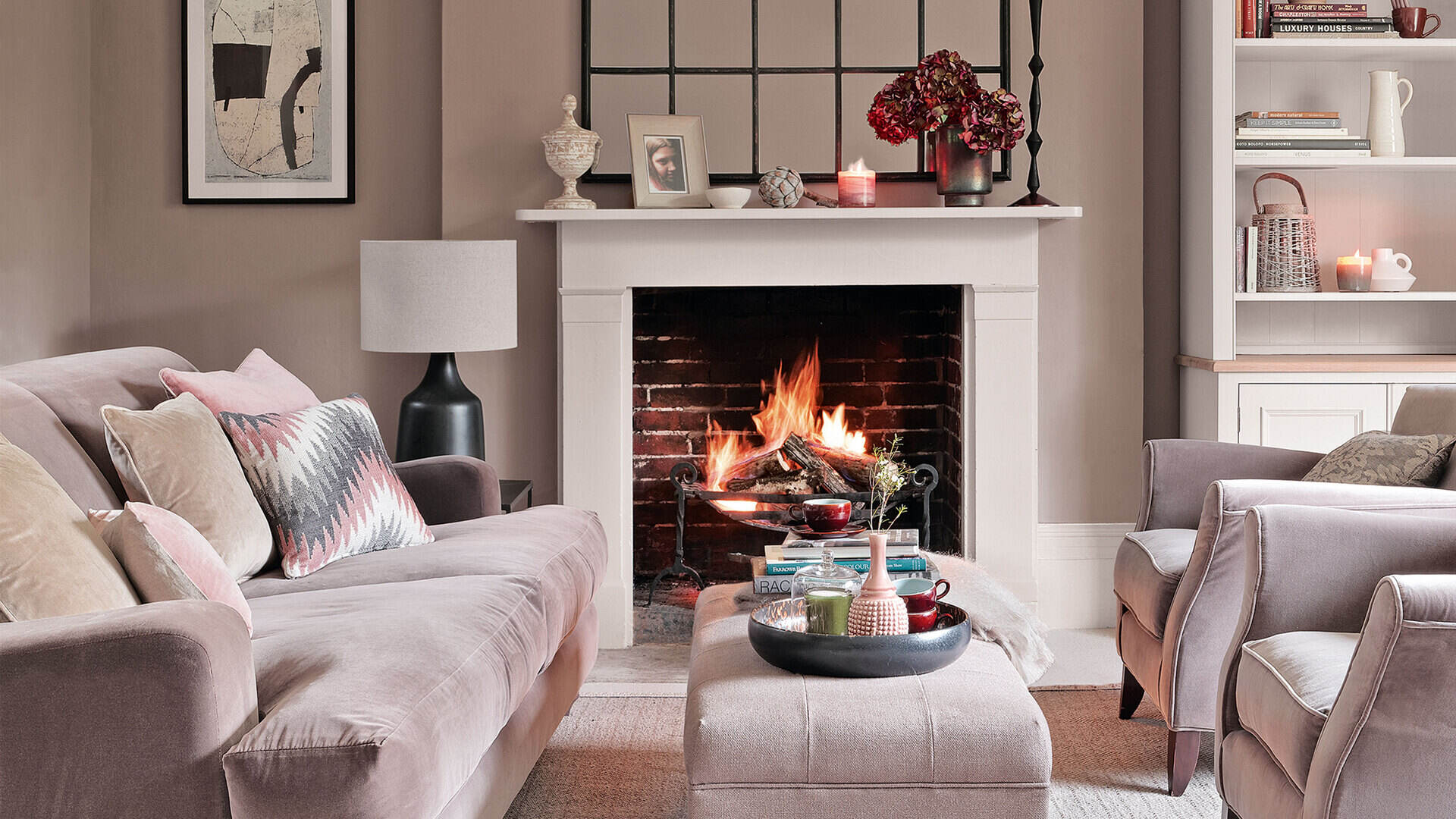
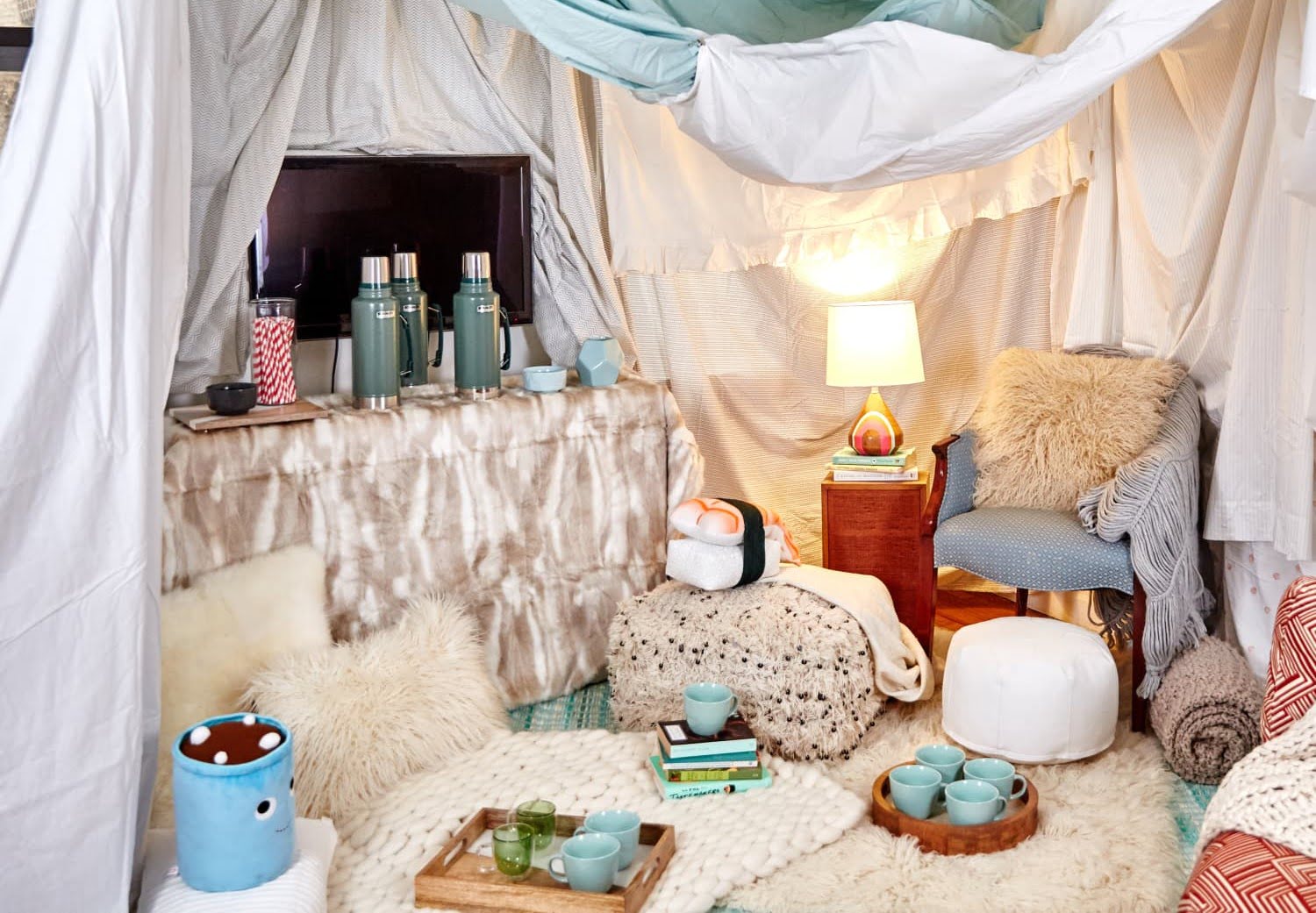
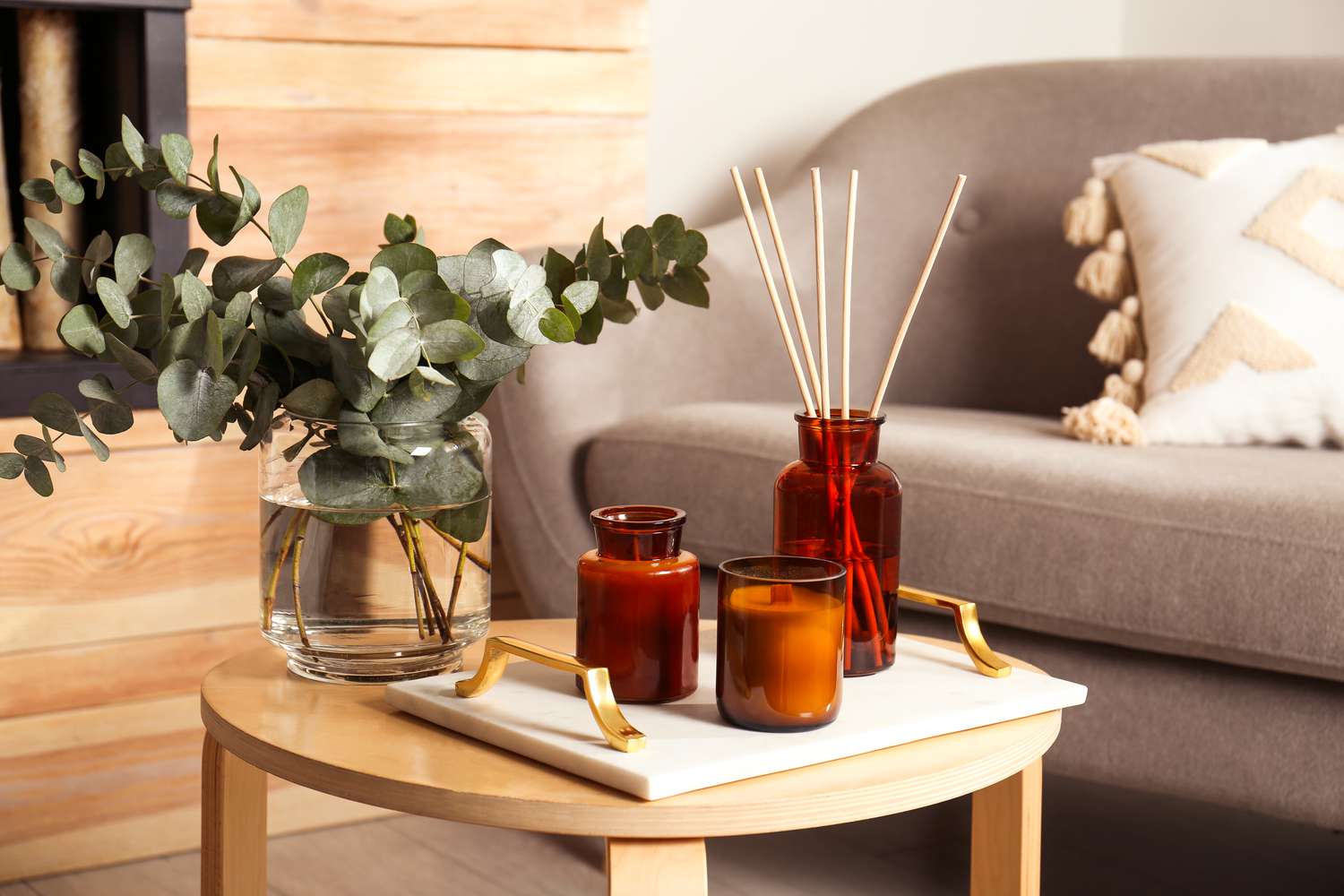
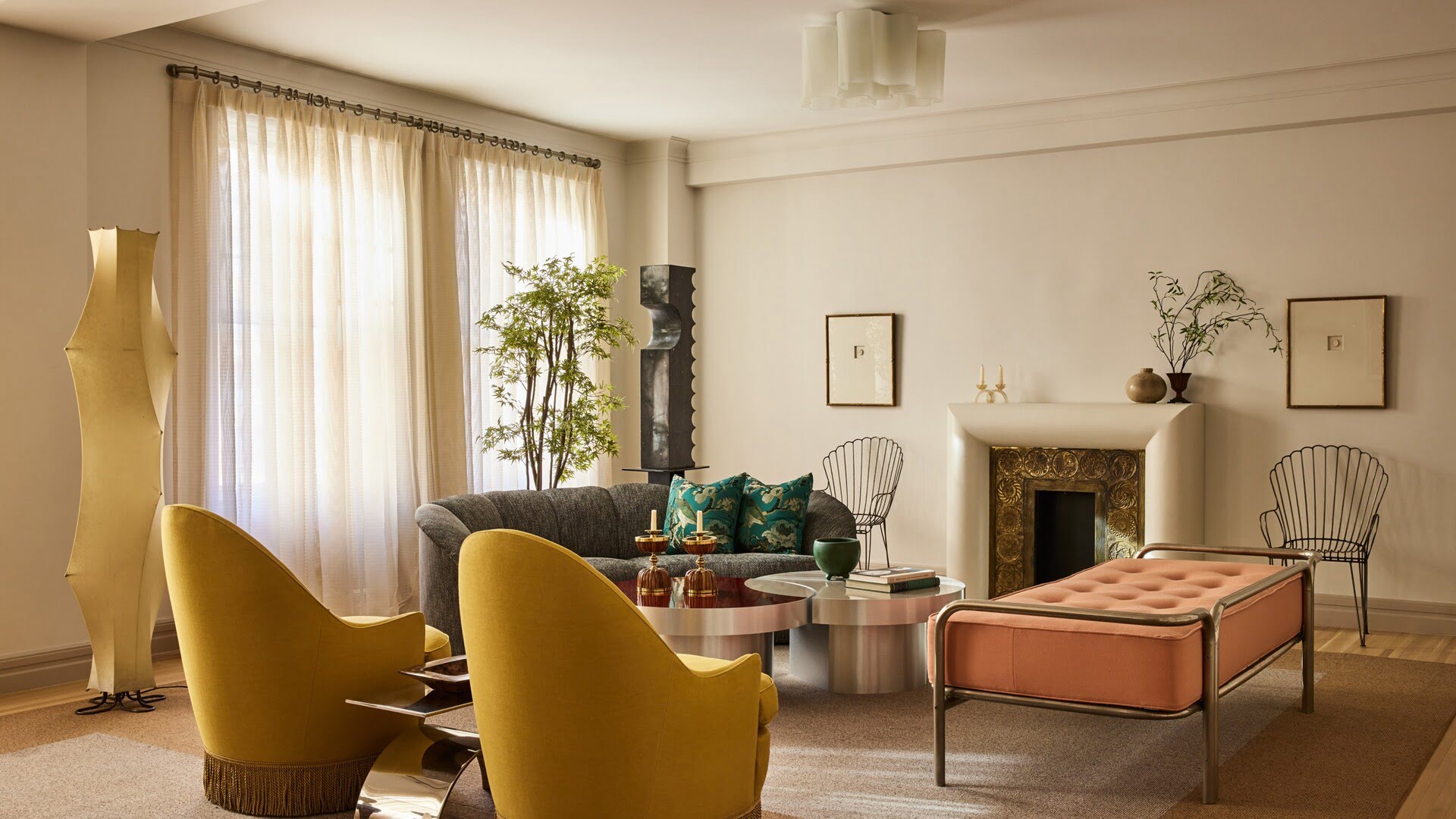
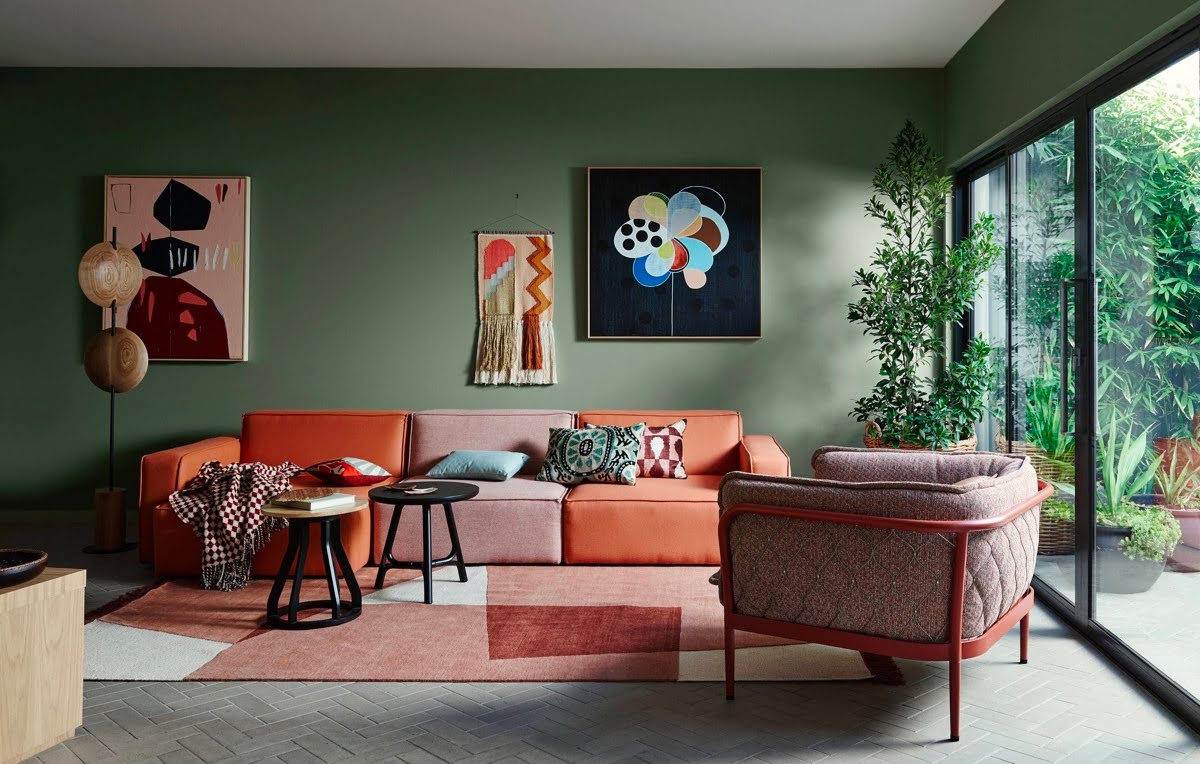
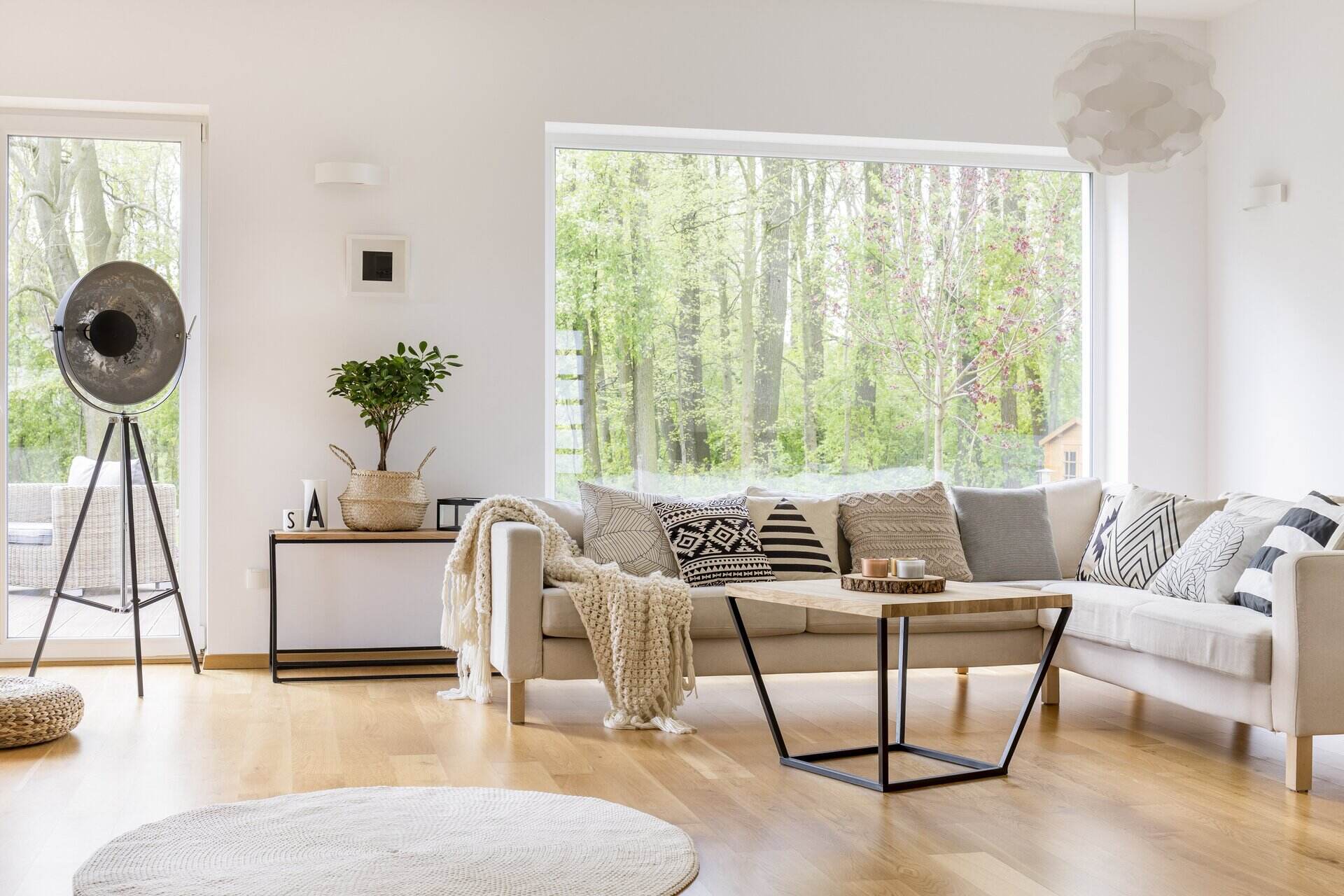
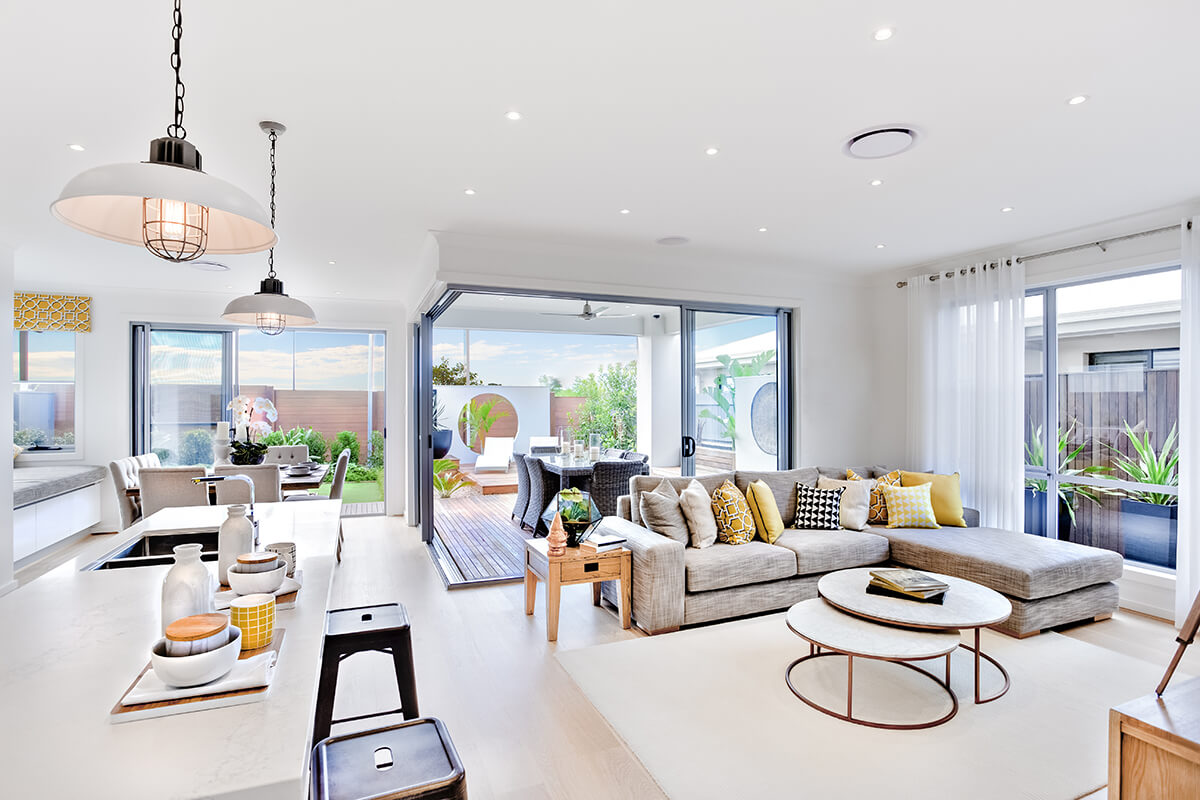
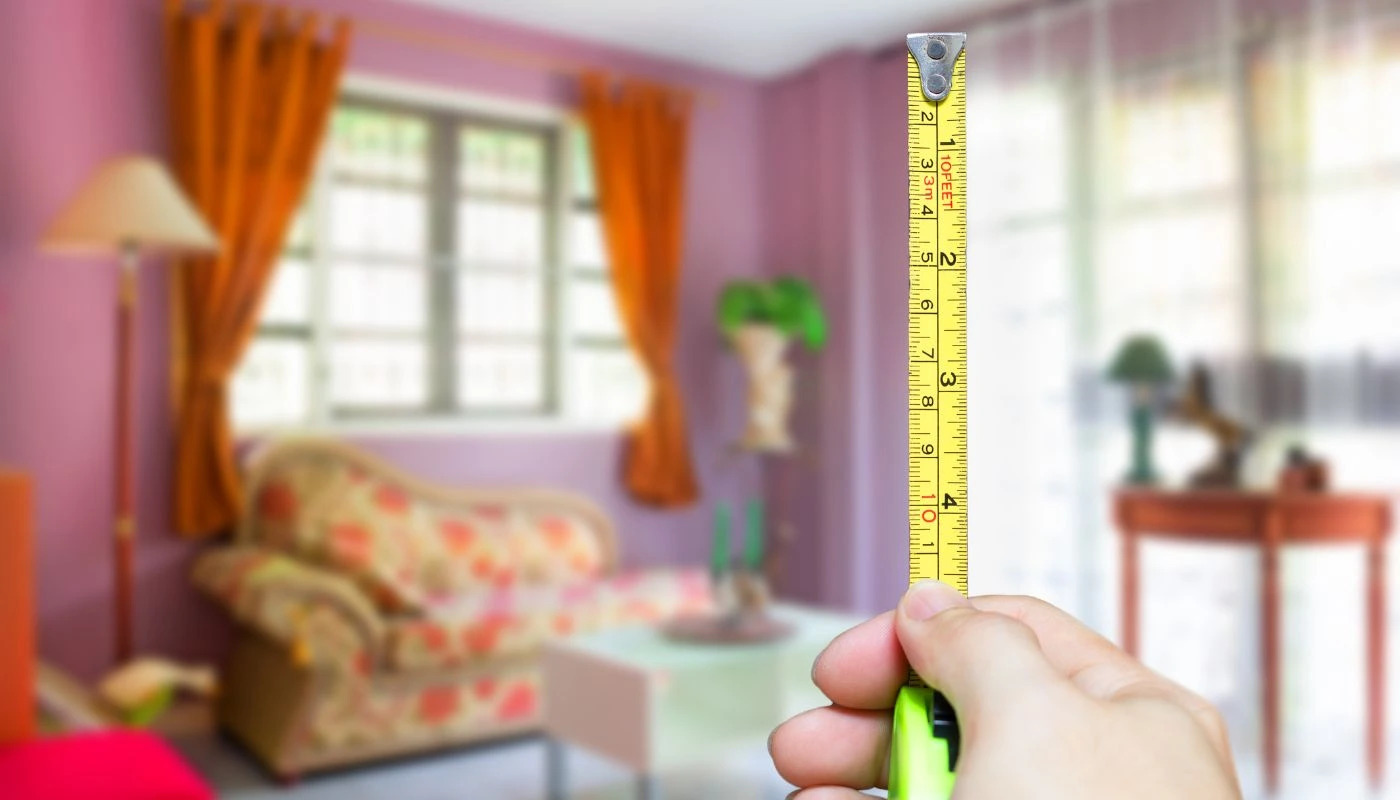

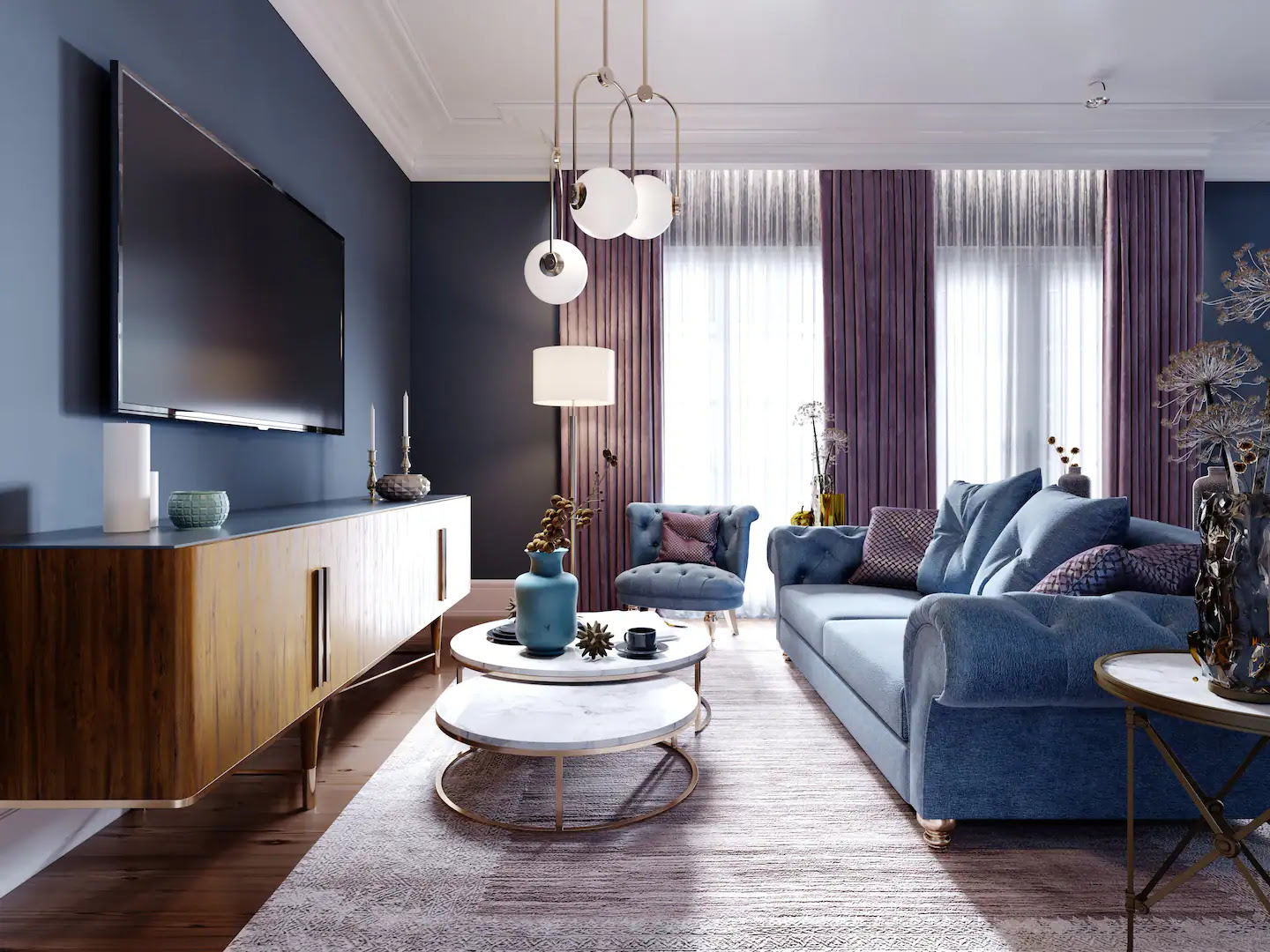
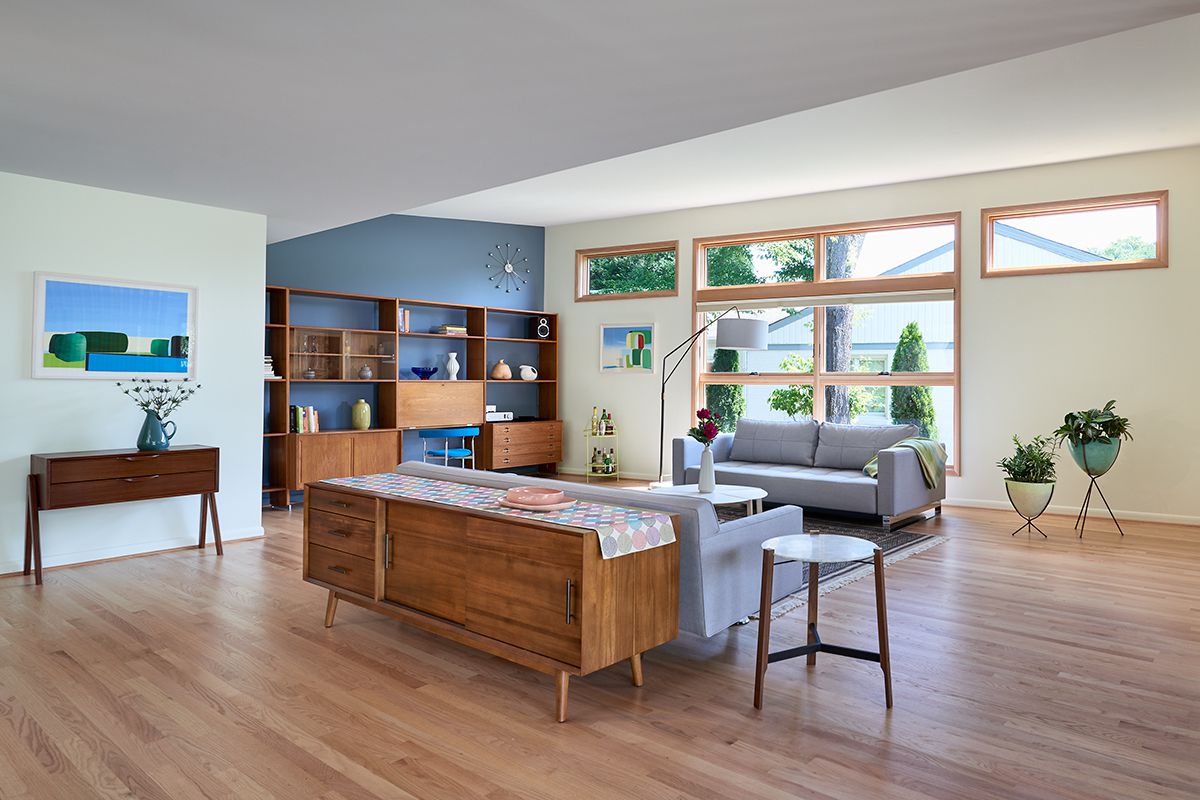
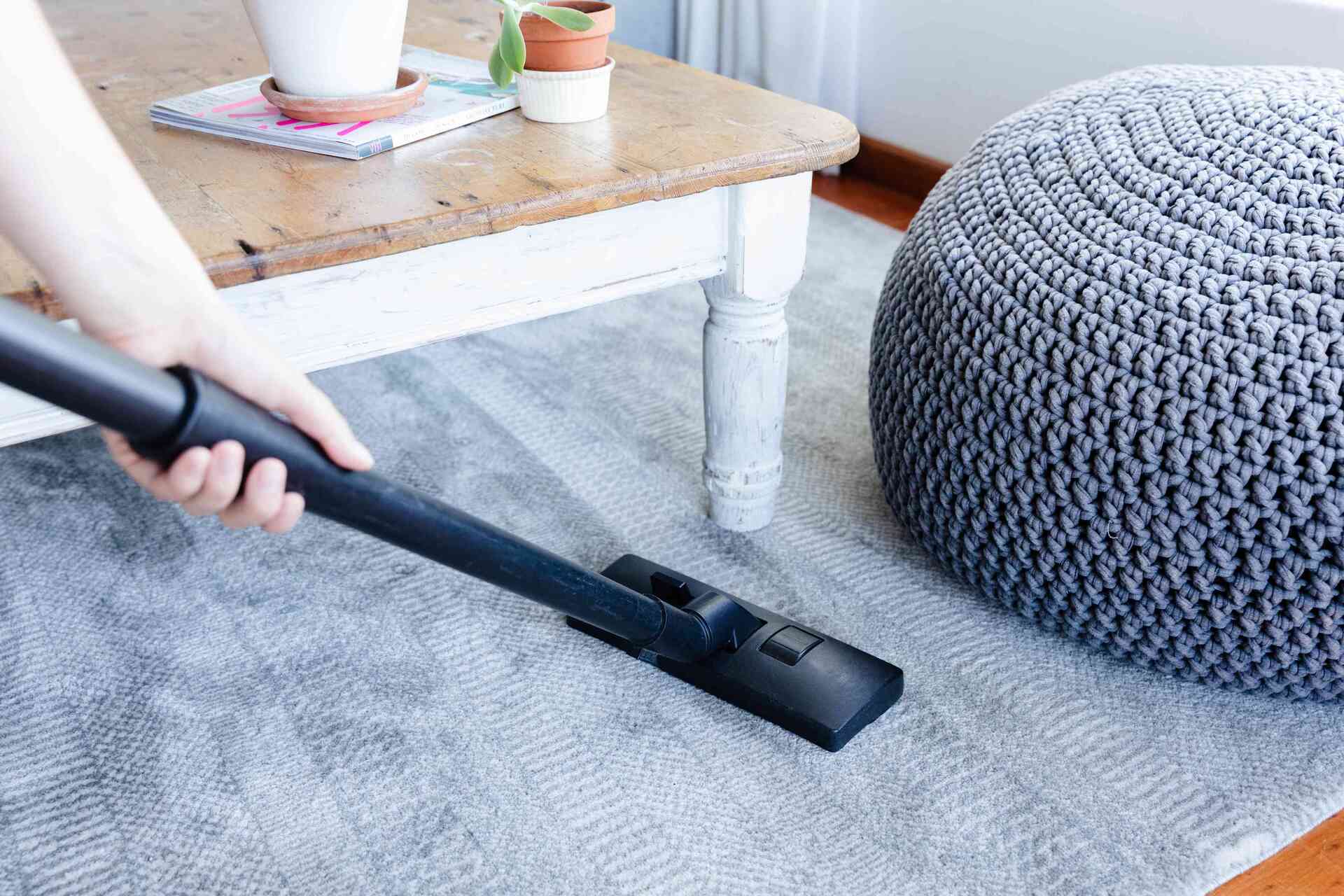
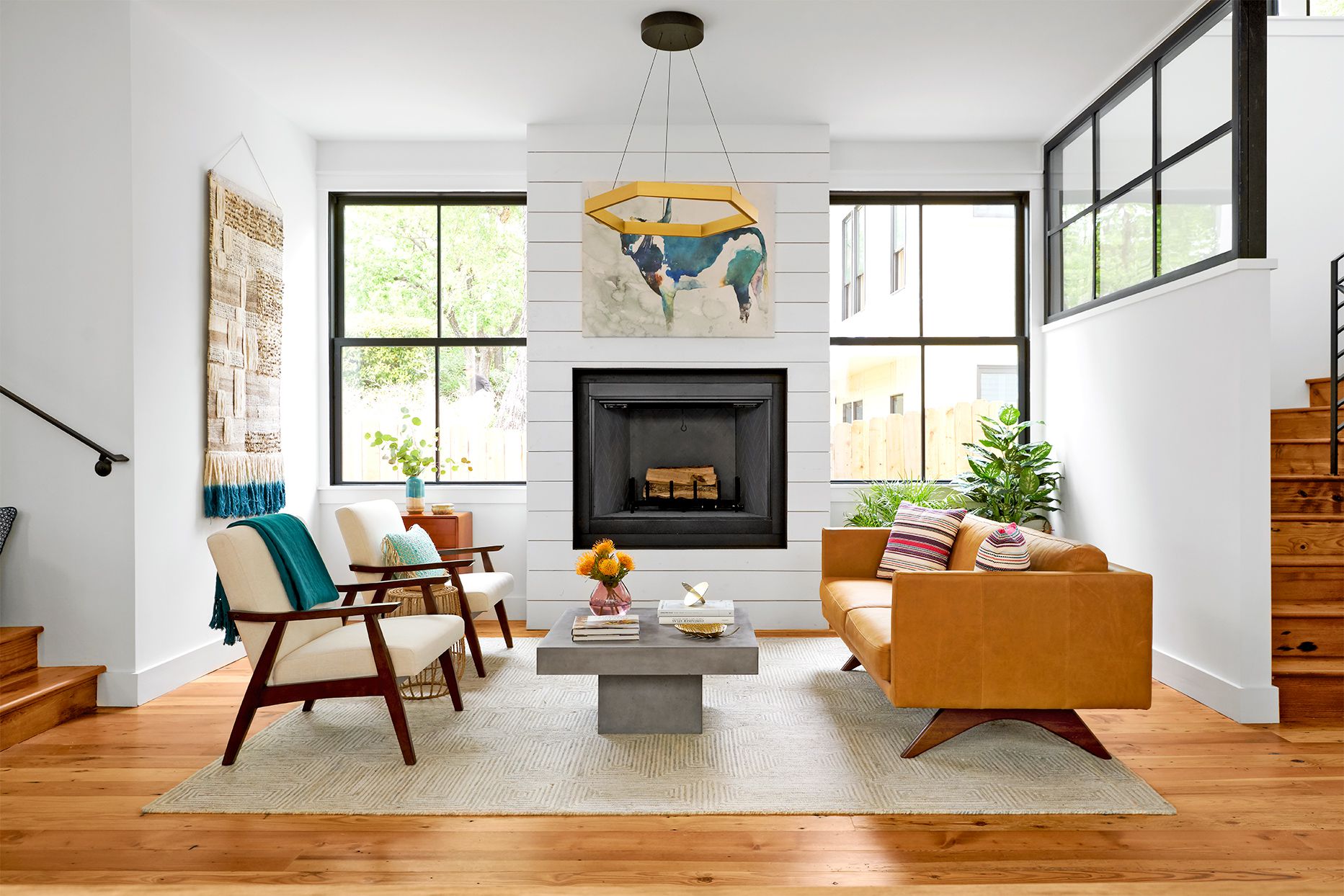
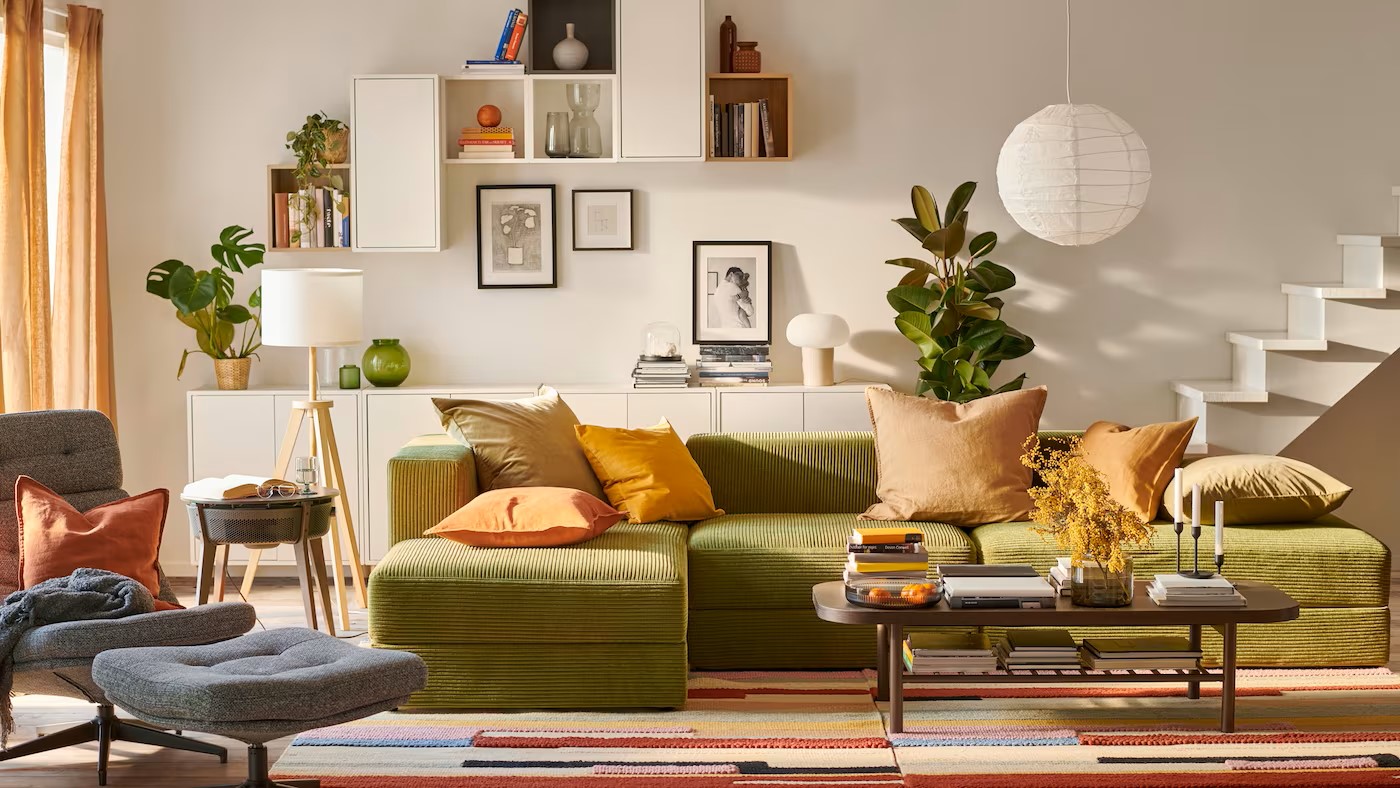

0 thoughts on “How To Make Living Room A Bedroom”